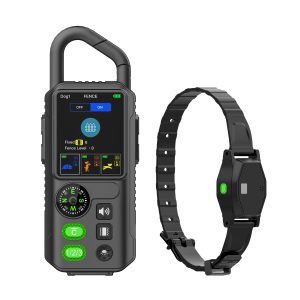Static Shock Dog Training Collar: A Comprehensive Guide
Static shock collars, often used in dog training, can be controversial. Understanding their proper usage and potential effects is crucial. In this guide, we delve deep into static shock dog training collars, exploring their benefits, drawbacks, and how to use them responsibly.
Benefits of Static Shock Collars
One of the primary benefits of using a static shock dog training collar is the ability to provide immediate feedback to your pet. It can help in correcting unwanted behaviors like excessive barking or jumping. The consistency of the static shock can aid in quicker training sessions.
Drawbacks to Consider
However, static shock collars are not suited for all dogs. They can cause stress and anxiety in some pets, leading to adverse behavioral issues. It’s crucial to consult with a professional trainer before implementing a static shock collar in your training regimen.
How to Properly Use a Static Shock Collar
When using a static shock collar, it’s essential to start at the lowest setting and gradually increase the intensity if needed. Proper training techniques, positive reinforcement, and consistency are key to ensuring your dog’s safety and comfort during the training process.
Common Misconceptions
A common misconception is that static shock collars are cruel. When used appropriately and responsibly, they can be an effective tool in training your pet. It’s important to educate yourself on the correct usage and understand that these collars are just one part of a comprehensive training approach.
Final Thoughts
Static shock dog training collars can be a useful tool when used correctly and in combination with positive reinforcement techniques. However, it’s crucial to prioritize your pet’s well-being and consult with professionals to determine if this method is suitable for your dog’s specific needs.




